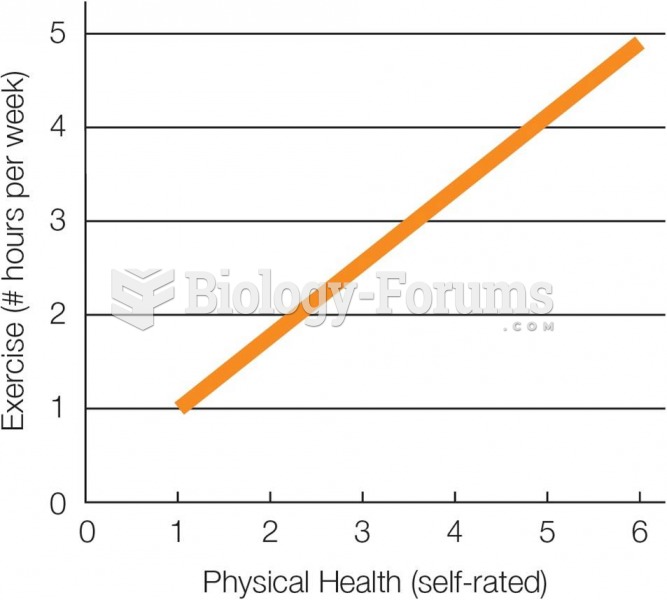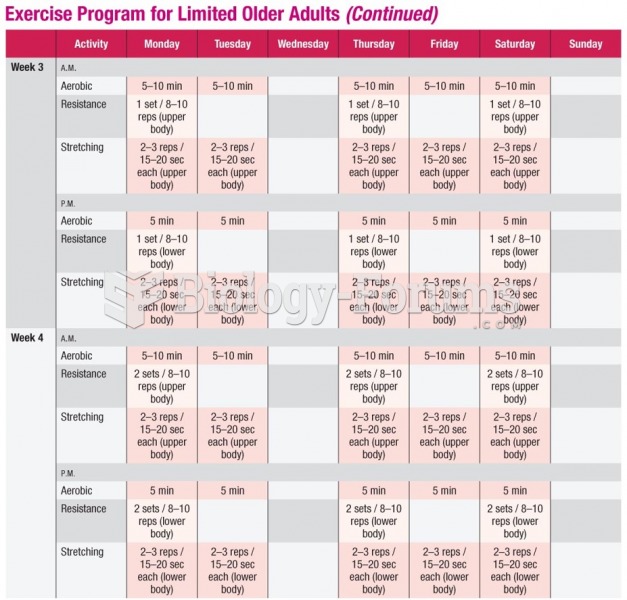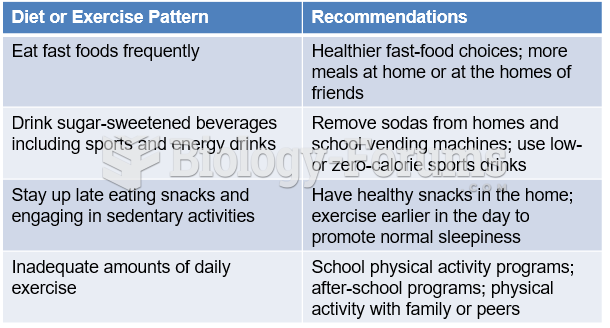Answer to Question 1
There are several safety guidelines to follow when designing a strength-training program including the following:
Safety is the most important component of strength-training.
Select exercises that will involve all major muscle groups: chest, shoulders, back, legs, arms, hips, and trunk.
Select exercises that will strengthen the core.
Never lift weights alone.
Warm up properly prior to lifting weights.
Use proper lifting technique for each exercise.
Don't lock your elbow and knee joints while lifting.
Maintain proper body balance while lifting.
Exercise larger muscle groups (chest, back, legs) before exercising smaller muscle groups (arms, abs, ankles, neck).
Exercise opposing muscle groups for a balanced workout.
Breathe naturally.
Avoid holding your breath while straining to lift a weight.
Based on your particular program, allow adequate recovery time between sets of exercises.
If you experience unusual discomfort or pain, discontinue training.
Use common sense on days when you feel fatigued or when you are performing sets to complete fatigue.
End each strength-training workout with a few minutes of stretching.
Answer to Question 2
This type of constant resistance training has been shown to help increase strength, mobility, and functional ability (particularly in older adults), and aid in the rehab of many types of injuries. Some of the advantages to using this type of training include low cost, versatility (you can create resistance in almost all angles and directions of the range of motion), use of a large number of exercises to work all joints of the body, and that they provide a great way to work out while traveling (exercise bands can be easily packed in a suitcase). Use of elastic-band resistive exercises can also add variety to your routine workout.
Due to the constant resistance provided by the bands or tubing, the training may appear more difficult to some individuals because the resistance is used during both the eccentric and concentric phases of the repetition. Workouts, however, can be just as challenging as with free weights or machines. Additionally, the bands can be used by beginners and strength-trained individuals. That is because several different tension cords (up to eight bands) are available and all participants can progress through various resistance levels. At the beginning, it may be a little confusing trying to determine how to use the bands and create the proper loops to grip the bands.







